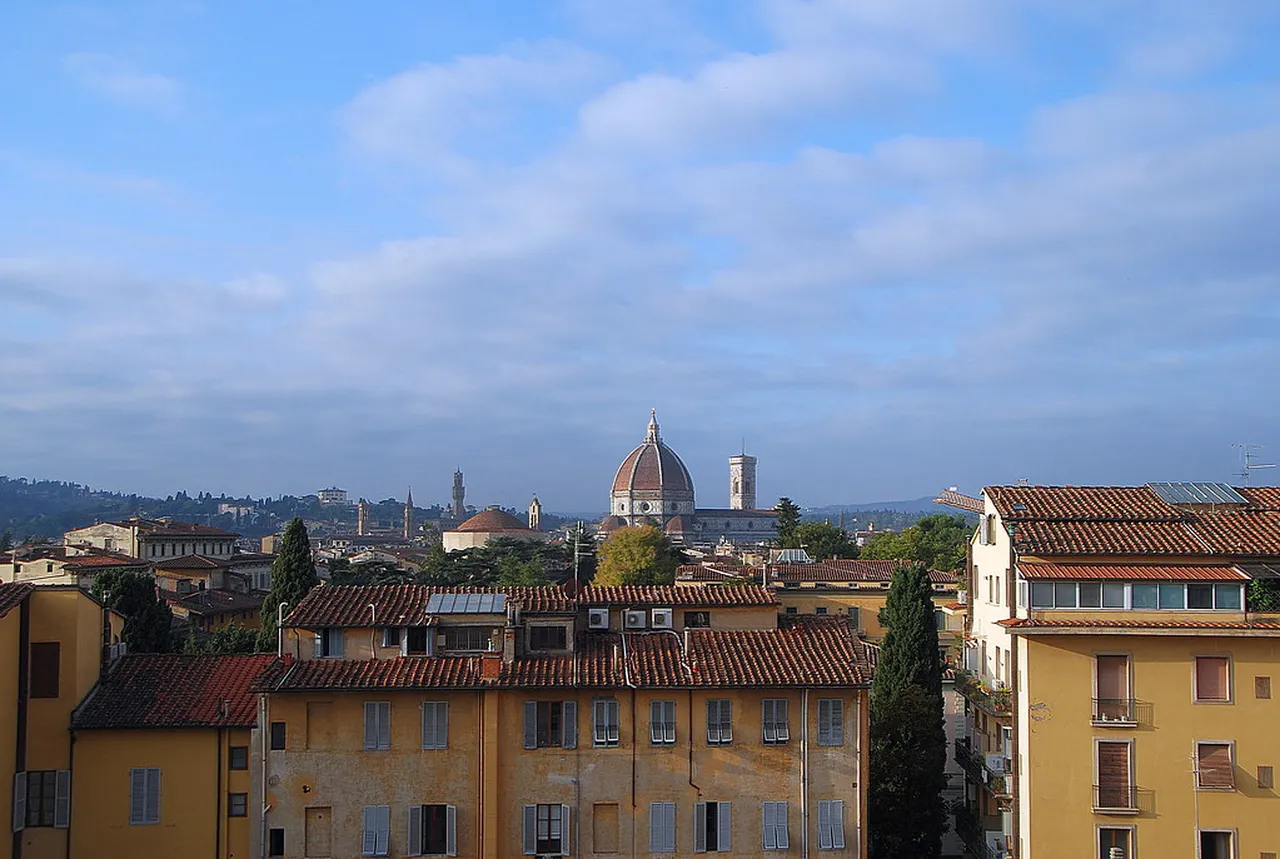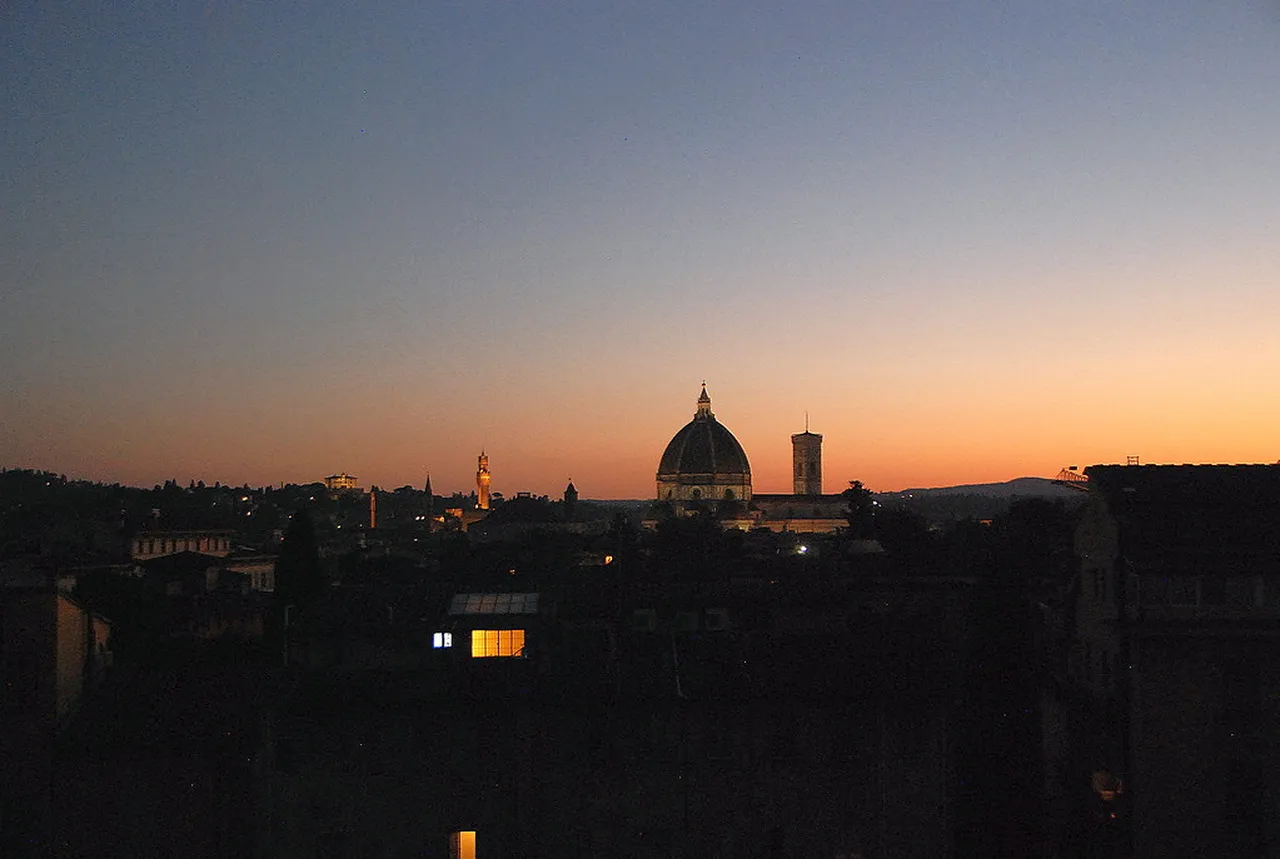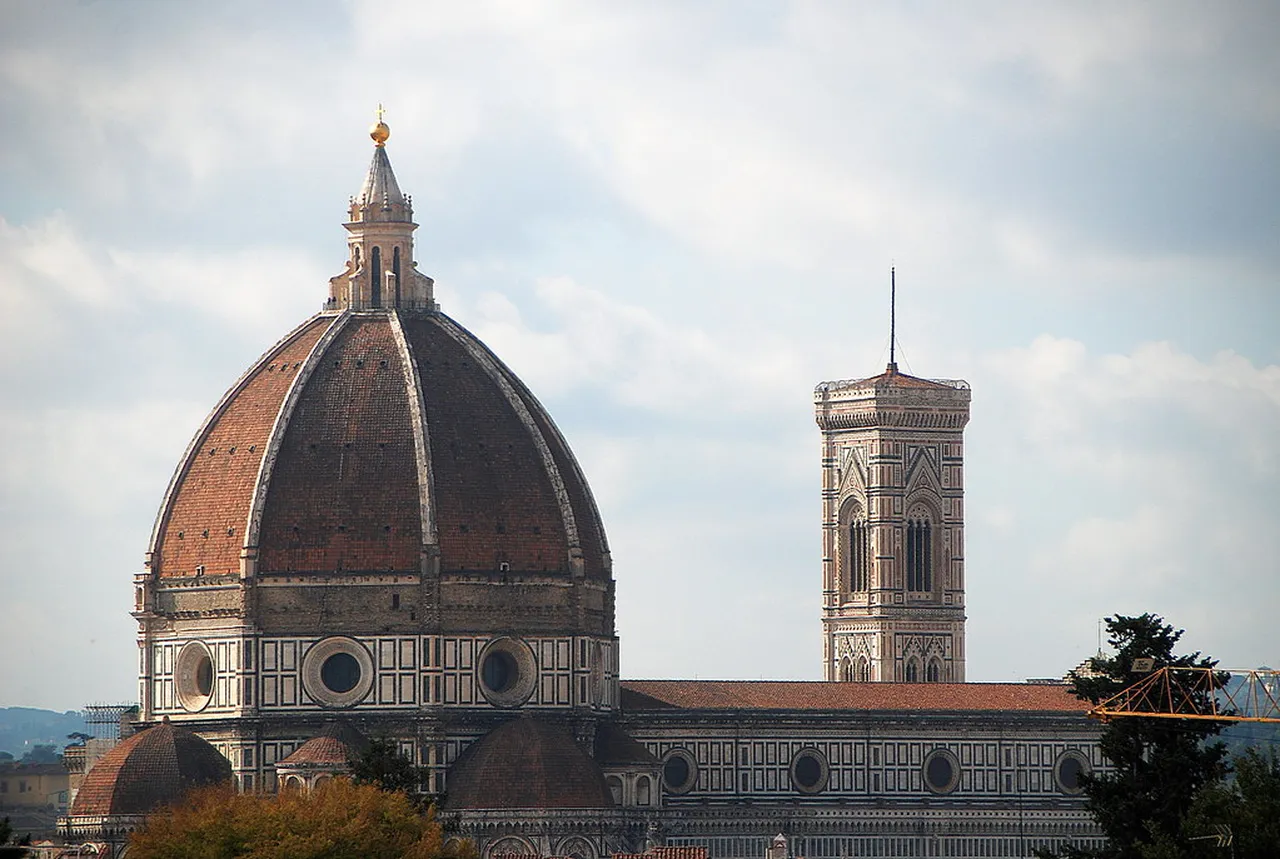
Pisa Culture: Discovering the Heart of Tuscany
Table of Contents
Pisa Culture: Explore The Heart of Tuscany
Pisa is renowned for its iconic Leaning Tower, but the depth of Pisa culture stretches far beyond this architectural marvel. Nestled in the heart of Tuscany, Pisa boasts a rich tapestry of art, history, and gastronomy, inviting travelers to delve deep into its traditions and celebrations. In this article, we will explore the essence of Pisa culture, from its famous festivals and local cuisines to artistic endeavors that showcase the city’s illustrious history. Whether you’re an art lover, a foodie, or a history enthusiast, uncover the captivating experiences that define the cultural spirit of Pisa.
Want to find the best travel deals for this destination? adventure planner platform with our adventure planning specialist!
1. The Artistic Legacy of Pisa Culture: From Galileo to Renaissance Masterpieces

Pisa’s culture has a remarkable artistic legacy that spans centuries. Notably, it is the birthplace of Galileo Galilei, whose scientific contributions revolutionized our understanding of the universe. In addition to Galileo, the essence of Renaissance art thrives in Pisa’s stunning architecture and masterpieces. The Campo dei Miracoli is a prime example, showcasing awe-inspiring structures such as the Leaning Tower, the Duomo, and the Baptistery.
Furthermore, these iconic Landmarks not only reflect the city’s historical significance but also its artistic heritage. Visitors can appreciate the intricate details and the stories behind each piece. Moreover, local museums feature works from renowned artists, enhancing the cultural exploration of this beautiful city. Thus, a trip to Pisa offers an immersive journey through art and history.
2. Annual Festivals: Celebrating Pisa Culture Through Time-Honored Traditions

The vibrant culture of Pisa is brought to life through its annual festivals. These celebrations serve as a testament to the city’s rich heritage, intertwined with time-honored traditions. For example, the Luminara di San Ranieri, celebrated on June 16th, lights up the Arno River with thousands of candles, creating a magical atmosphere for locals and tourists alike. Not only is this event visually stunning, but it also honors the city’s patron saint.
Additionally, the Palio di San Ranieri holds a special place in Pisa’s heart. This thrilling horse race pits different districts against each other, fostering community spirit. Through these festivals, visitors can witness the vibrancy of Pisa culture while participating in the lively traditions that shape its identity. Overall, engaging in these Events offers a unique glimpse into the local lifestyle.
3. Gastronomic Delights: Tasting the Flavors of Pisa Culture

In the heart of Pisa culture lies an exquisite culinary scene. The city’s gastronomy is a delightful exploration of flavors that reflects its diverse influences. Traditional dishes such as cecina, a savory chickpea pancake, and pici, hand-rolled pasta, are must-tries for any food lover. These local specialties showcase the region’s agricultural bounty and rich culinary traditions.
Moreover, Pisa’s vibrant markets, such as the Mercato di San Nicola, are fantastic places to experience the local food culture firsthand. Here, visitors can sample fresh produce, artisanal cheese, and cured meats while mingling with passionate vendors. Furthermore, local wine, particularly the Chianti, pairs beautifully with Pisa’s culinary offerings. Thus, indulging in the gastronomic delights is an essential part of experiencing Pisa culture.
4. The Historical Significance of the Piazza dei Miracoli in Pisa Culture

The Piazza dei Miracoli, or the Square of Miracles, is an iconic symbol of Pisa culture and a UNESCO World Heritage site. This remarkable square houses four monumental structures: the Leaning Tower of Pisa, the Baptistery, the Cattedrale di Pisa, and the Campo Santo. Each building not only showcases architectural genius but also tells a story of the city’s glorious past.
As I explored the area, I realized how deeply these structures are intertwined with Pisa’s cultural identity. For instance, the Leaning Tower, built as a campanile, reflects not only engineering prowess but also the artistic movements of its time. Furthermore, the piazza serves as a gathering place for locals and tourists alike, highlighting its role as a cultural hub.
“The Piazza dei Miracoli is more than just a tourist attraction; it is the heart of Pisa’s artistic and religious heritage.”
5. Exploring the Secrets of Pisa’s Street Artists and Murals

Delving into the street art scene of Pisa provides a unique lens through which to view Pisa culture. The vibrant walls around the city tell stories of community, protest, and creativity. Artists express their thoughts through colorful murals, blending traditional styles with modern expressions, which allows one to appreciate the dynamic nature of local culture.
While wandering the streets, I encountered numerous hidden gems that spoke volumes about the city’s spirit. For example, the artwork in areas like Borgo Stretto narrates the everyday lives of Pisani, reminding us that art extends beyond galleries. Moreover, local artists often collaborate, creating a sense of unity and fostering community ties.
“Street art in Pisa serves as a dialogue between artists and the public, weaving a fabric of cultural exchange.”
6. The Role of Universities in Shaping Pisa Culture: A Legacy of Knowledge
Tip: Discover the best Pisa experiences with Viator Tours!
Tip: Discover the best Pisa experiences with Viator Tours!
The presence of esteemed institutions like the University of Pisa profoundly influences Pisa culture. Founded in 1343, it is one of the oldest universities in the world and has contributed exceedingly to the city’s intellectual landscape. The university attracts a diverse group of students and scholars, enriching the local culture with various ideas and traditions.
Additionally, numerous cultural Events, lectures, and exhibitions occur throughout the academic year, providing everyone an opportunity to engage with ongoing research and artistic endeavors. This vibrant intellectual atmosphere allows both students and locals to thrive, resulting in a continuous exchange of knowledge that embodies the essence of Pisa.
“Universities are not just places of learning; they are cultural bastions that shape society.”
7. Religious Influences: The Impact of Faith on Pisa Ancestry and Culture
Tip: Discover the best Pisa experiences with Viator Tours!
The rich tapestry of Pisa culture is deeply intertwined with religious influences, shaping its history and traditions. Numerous churches and chapels throughout the city serve as living testaments to this spiritual heritage. For instance, the iconic Pisa Cathedral not only showcases exquisite Romanesque architecture but also reflects the profound faith of the Pisan people.
Religion permeates numerous aspects of daily life and community Events in Pisa. Central to the culture are the annual religious festivals that bring together locals and visitors alike. These gatherings often feature processions, music, and traditional meals, creating a vibrant atmosphere for everyone to enjoy. Moreover, the influence of faith can be observed in local art, where many works focus on biblical themes and figures.
8. Animation of Pisa Culture: Local Artisan Fairs and Markets
Another vibrant aspect of Pisa culture is its dynamic artisan fairs and markets. These Events highlight the creativity and craftsmanship of the local artists, who proudly showcase their handmade goods. You can find everything from intricate jewelry to hand-painted ceramics that reflect the region’s rich artistic heritage.
Visiting these fairs is a fantastic way to engage with Pisa’s culture. Each market, such as the famous Pisa Market in Piazza delle Vettovaglie, is bustling with activity and filled with the scents of local delicacies. It’s not just a shopping trip—it’s an experience that immerses you in the heart of Pisa community life. Be sure to sample some traditional food while you’re there!
9. The Influence of Pisa Culture on Literature and Poetry
Recommendation: Don't miss out on amazing Pisa tours - book now!
Pisa has long been a source of inspiration for writers and poets, with its rich history and stunning landscapes fueling a deep connection to the arts. The city’s literary contributions are noteworthy, with many famous authors drawing upon the essence of Pisa culture in their works. Dante Alighieri and Giosuè Carducci are just a couple of notable figures closely tied to Pisa’s literary scene.
Moreover, the influence of this city extends beyond literature into poetry, where vivid descriptions of the Pisa landscape and daily life feature prominently. As you stroll through its historic streets, you’ll find murals and writings that reflect the thoughts, dreams, and struggles of its people. It’s a beautiful reminder of how culture and history intersect in artistic expression.
10. Engaging with Locals: Learning About Their Connection to Pisa Culture
One of the most enriching aspects of visiting Pisa is the opportunity to engage with its locals. They are eager to share their deep-rooted Pisa culture, which has been shaped over centuries. By participating in community Events or simply strolling through local neighborhoods, you can grasp the essence of their daily lives.
Additionally, talking to residents often unveils hidden gems of tradition and stories often left untold. For example, what habits or customs do they hold dear? This connection provides a genuine insight into their heritage.
Moreover, local storytelling often captivates visitors. It’s common for them to recount tales from the past that reflect the evolution of Pisa culture. Therefore, do take the time to listen and ask questions; you might uncover valuable insights that standard guides may miss.
11. Nightlife and Music: Experiencing the Vibrancy of Pisa Culture After Dark
Recommendation: Don't miss out on amazing Pisa tours - book now!
The Nightlife in Pisa is as vibrant as its cultural history. After dusk, the city transforms into a lively scene filled with music, dancing, and celebration of Pisa culture. Various bars and clubs offer local tunes and international beats, allowing visitors to enjoy a mix of old and modern influences.
Live performances frequently take place in many venues, showcasing local artists and their connection to the city’s heritage. From traditional Tuscan folk music to contemporary genres, there’s something for everyone.
Furthermore, local music festivals often celebrate these cultural roots. Attending such Events not only entertains but also deepens your appreciation for how music shapes and reflects Pisa culture throughout the ages.
12. Conclusion: Embracing the Richness of Pisa Culture in Your Travels
As you Explore Pisa, immersing yourself in its vibrant culture will undoubtedly enhance your travel experience. From connecting with locals and discovering their stories to enjoying the city’s lively Nightlife and musical offerings, every moment will resonate with history and community spirit.
In summary, engaging with all that Pisa culture has to offer will create lasting memories. So, embrace the richness of this city during your travels and return home with a deeper understanding of its beauty and essence.
The captivating Pisa culture offers visitors an opportunity to connect with the rich history, art, and traditions that define this vibrant city. From the stunning architectural wonders to local culinary delights, every aspect of Pisa’s culture invites exploration and appreciation. We encourage you to immerse yourself in the experiences shared here and discover the unique stories that await. What part of Pisa culture intrigues you the most? Share your thoughts in the comments, and let’s celebrate the beauty of this Tuscan treasure together.